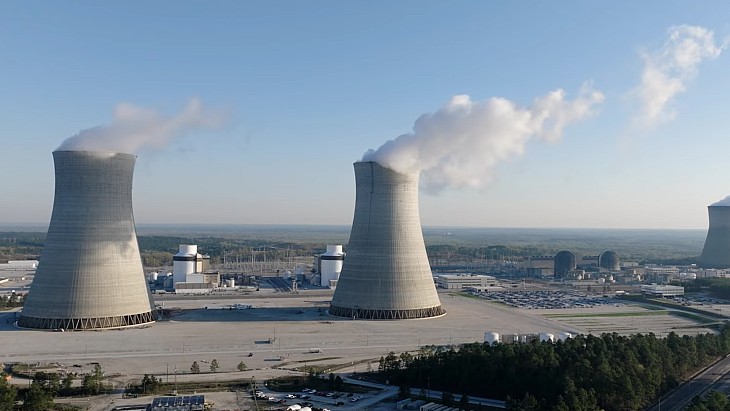Standard for criticality emergency response
Thursday, 24 November 2011
A new international standard for emergency preparedness and response in the event of a criticality accident at a nuclear facility has been issued by the International Organization for Standards (ISO). While "safety programs are primarily directed at avoiding nuclear criticality accidents," the ISO said, the new standard - ISO 11320:2011, Nuclear Criticality Safety: Emergency Preparedness and Response - "provides the criteria for the establishment and implementation of actions that will effectively mitigate the consequences of a nuclear criticality accident that could impact human health and safety, quality of life, property and the environment." The standard applies to sites that "contain significant quantities and concentrations of fissile material." However, it does not generally apply to sites with operating nuclear power plants or to facilities with research reactors which are licensed to become critical or near-critical, provided that there are no operations with fissile material external to the reactor for which a credible criticality accident risk exists. It also does not apply to off-site transport and transit storage of packages with fissile material. The extent to which the standard needs to be applied, ISO said, depends on "the overall criticality risk presented by the facilities at the site."
A new international standard for emergency preparedness and response in the event of a criticality accident at a nuclear facility has been issued by the International Organization for Standards (ISO). While "safety programs are primarily directed at avoiding nuclear criticality accidents," the ISO said, the new standard - ISO 11320:2011, Nuclear Criticality Safety: Emergency Preparedness and Response - "provides the criteria for the establishment and implementation of actions that will effectively mitigate the consequences of a nuclear criticality accident that could impact human health and safety, quality of life, property and the environment." The standard applies to sites that "contain significant quantities and concentrations of fissile material." However, it does not generally apply to sites with operating nuclear power plants or to facilities with research reactors which are licensed to become critical or near-critical, provided that there are no operations with fissile material external to the reactor for which a credible criticality accident risk exists. It also does not apply to off-site transport and transit storage of packages with fissile material. The extent to which the standard needs to be applied, ISO said, depends on "the overall criticality risk presented by the facilities at the site."
Most Read

Mars in 30 days? Russia unveils prototype of plasma rocket engine
Friday, 7 February 2025

Nuclear 'a great field for students or people with trades to go into'
Wednesday, 25 September 2024
.jpg)
William Anders: The astronaut who led the NRC
Friday, 21 June 2024

The fluorescent mosquitoes helping to tackle diseases
Monday, 11 November 2024
Podcasts & Features
Podcast: Canada's leading role in life-saving medical isotopes
Podcasts & Features Tuesday, 25 March 2025
WANO looks to build on achievements as nuclear capacity grows
Podcasts & Features Friday, 7 March 2025

Related Links




_66488.jpg)


